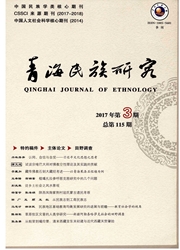

 中文摘要:
中文摘要:
民族地区是“一带一路”战略实施的主要区域,通过民族地区的发展。将我国内陆地区同“一带一路”沿线国家地区之间联结起来,形成不同地域范围不同层次的区域性合作经济组织,进一步深化“一带一路”战略。“一带一路”战略下,我国民族地区经济发展迎来更大的机遇和挑战。基于此,本文对民族地区融入一带一路战略的意义、优势、困境、形成困境的原因以及突破路径等进行研究。
 英文摘要:
英文摘要:
The ethnic areas are the main areas to implement the strategy of "the Belt and Road Initiative". Through the development of ethnic areas, the countries and regions along the "the Belt and Road Initiative" are linked with the inland areas in China to form regional cooperative economic organizations of various territorial scopes and different levels, and further deepen the strategy of "the Belt and Road Initiative". Under the strategy of "the Belt and Road Initiative", the economic development of China's ethnic areas ushers in greater opportunities and challenges. Based on this, the significance, advantages, dilemma and reasons for dilemma as well as the breakthrough path and so forth related to the integration of ethnic areas into the strategy of "the Belt and Road Initiative" is studied.
 同期刊论文项目
同期刊论文项目
 同项目期刊论文
同项目期刊论文
 期刊信息
期刊信息
